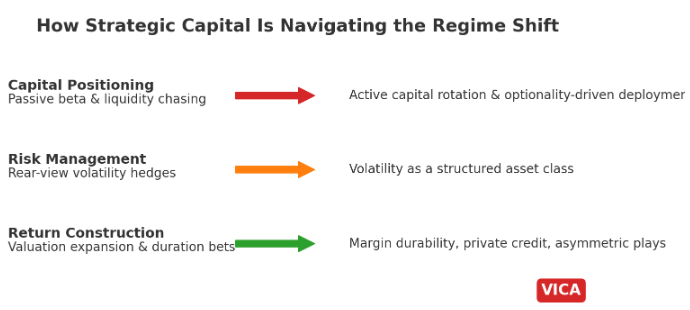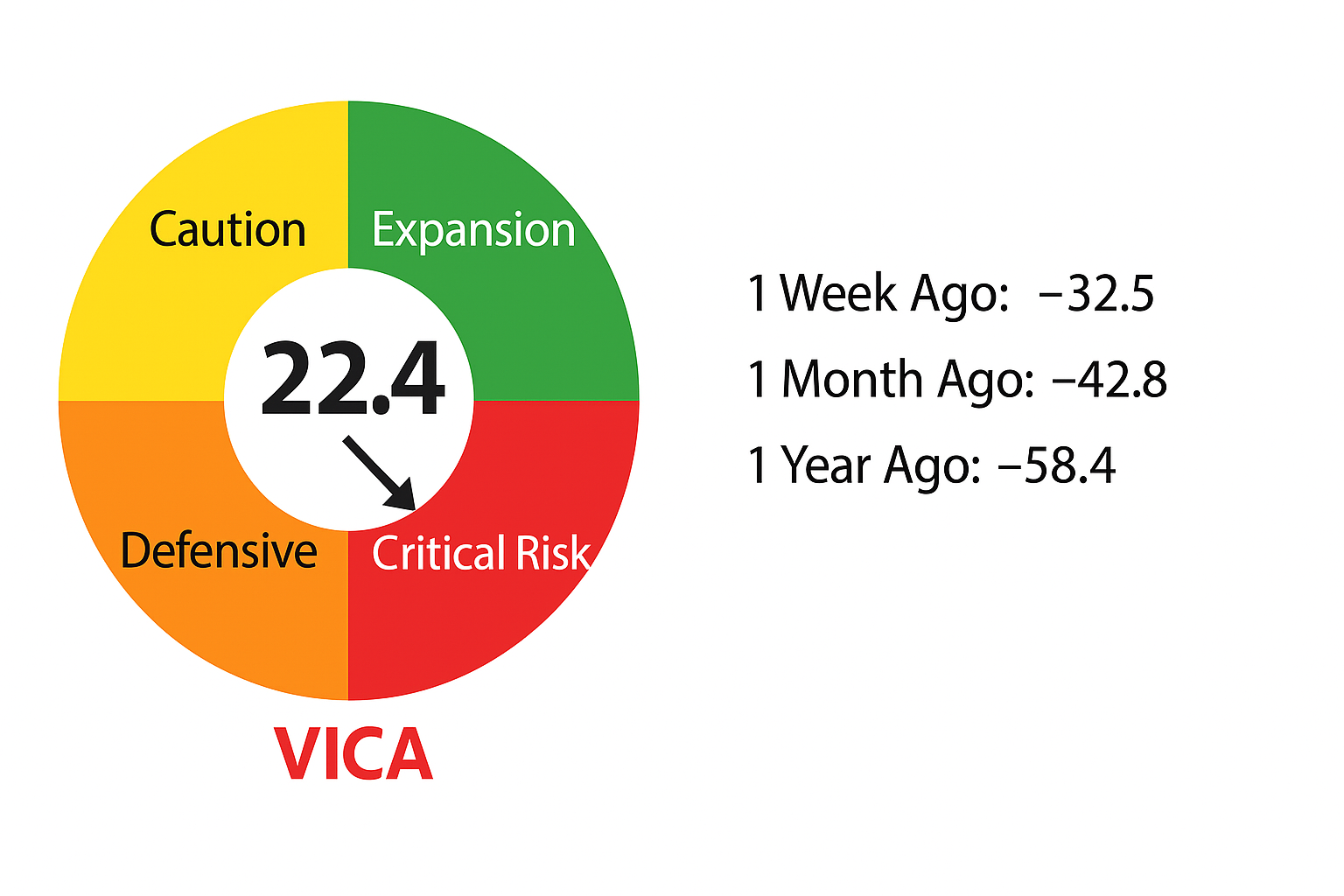investors often make the mistake of assuming that a strong company trend will continue indefinitely. This phenomenon is known as “extrapolation bias” or “recency bias.” It refers to the tendency of individuals to assume that current trends and patterns will persist into the future.
Investors may become overly optimistic when a company experiences a period of strong growth, leading them to project this growth trajectory into the future without considering potential risks or changes in market conditions. This bias can cloud their judgment and lead to poor investment decisions.
There are several reasons why investors may fall into this trap:
Overemphasis on recent performance: Investors may give too much weight to a company’s recent strong performance and fail to consider the broader market dynamics or industry-specific factors that may have contributed to the success. They might ignore the cyclicality or volatility of the industry, assuming that the trend will continue indefinitely.
Confirmation bias: Investors tend to seek out information that supports their existing beliefs and ignore evidence to the contrary. If they have a positive view of a company based on its recent performance, they may selectively focus on news or analysis that reinforces their optimistic outlook, disregarding potential warning signs or contrary opinions.
Herd mentality: Seeing other investors flocking to a particular stock or following a trend can influence individual investors to believe that the trend will continue. This herd mentality can lead to a self-reinforcing cycle, where investors continue to pour money into a stock based on the assumption that others know something they don’t.
Ignoring fundamental analysis: Investors may neglect conducting thorough fundamental analysis, which involves evaluating a company’s financial health, competitive position, industry dynamics, and other factors that can affect its future prospects. Relying solely on recent performance or momentum can cause investors to overlook important information that could indicate potential risks or challenges.



